|
The zenith of any wedding ceremony is the presentation of wedding vows. These, of course, are the promises each partner makes to the other—at least as far as western Christians are concerned. Like any bonding agreement, groundwork and stipulations are determined to ensure that the two individuals know what they are entering into. One is required to make promises ranging from commitment during "good times and bad," along with caring for each other in varying economic conditions and stages of health. The closing line of typical marriage vows usually features a softening of the oft-used commercial slogan "all sales final." This is one that we are all familiar with: "Until death do us part." Nowadays, this specific line from the marriage liturgy (within the Book of Common Prayer) has been watered down to read "Until we are parted by death," and lighter yet, "through the final days of our lives." Divorces and annulments are much more commonplace today then they were half-a-century ago. There were far less 100 years ago, and fewer yet as you travel back in time from there. In the 18th and 19th centuries, divorce was a foreign concept for a variety of reasons. The 1970's saw a proliferation to nearly due to the acceptance for the "irreconcilable differences" claim. According to an article found on the website www.ahundredyearsago.com, "The divorce rate was 0.9 per thousand in 1913. It peaked at 4.6 in 1993; and decreased to 3.6 in 2013. So there's some encouraging news at least! Early on, most marriages ended because of the premature death of a spouse--a sad, yet common occurrence during a period in our history boasting rudimentary healthcare and fledgling medical knowledge (y today's standards). Back in the day, when you professed those wedding vows, you sure as heck meant it without hesitation. Now I'm not saying that this isn't the case today as all newlyweds "enter the ring" (both figuratively and literally) with the intent that their love and commitment will last a lifetime. I'm just interpreting the factual results. I always find it extremely heart-wrenching to see widows and widowers coming into Mount Olivet Cemetery on the funeral days of their husbands or wives. In many instances, I have been privy to see the photo shrines, slide shows and videos used for memorial services in our chapels. Most of these include pictures of a happy couple on their respective wedding day. This is an invaluable reminder of the day those legendary wedding vows were exchanged--including that promise, "Till death do we part." I can say with confidence that this phrase is usually the last thing on our minds as newlyweds, but comes to the forefront of our thoughts on the day of a spouse's death and/or funeral. On a cold, blustery day in late January, 1943, Mrs. Ella Kanode took her place in Mount Olivet Cemetery for the graveside service of her husband. The air was brisk amidst a snow-covered ground. Jacob Kanode's parents had predeceased him and were in Area L/Lot 148. This would be his final resting place as well. As his coffin was lowered into the grave, Ella likely thought back to a joyous day in the fall of 1890 when she and Jacob exchanged their marriage vows. The Backstory Just 24 hours earlier, Ella Kanode's husband was as vibrant, healthy and energetic as a 72 year-old could be. So much so, that Jacob willingly set out to perform a tedious home repair in the dead of winter. Apparently, there was some sort of problem with a downspout on the upper exterior of the Kanode's farm. Their home was located in Hopeland, a small community just east of the Monocacy River on Fingerboard Road (MD Rt80) near the intersection with Baker Valley Road. Jacob told Ella of his intention to fix the gutter problem in mid afternoon, as she would stay inside due to the weather and a health setback. 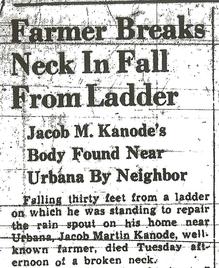 The Frederick News (Jan. 28, 1943) The Frederick News (Jan. 28, 1943) After a few hours, Ella, became concerned, likely annoyed, that Jacob hadn't returned from his chore. Darkness enveloped and concern soon turned to worry. She had been inside all afternoon and is reported to have called on a friend to whom she shared her worry. Next door neighbor Jesse L. Stup quickly responded around 7pm and found Mr. Kanode near the base of a ladder. He was dead, the result of a broken neck.. The sheriff was called for immediately. The cause of the fall was unknown, but the county medical examiner deducted that the death had happened around 4pm. It was most likely an accident, as the seasoned dairy farmer either mis-stepped, or over-reached, losing his balance atop the ladder or roof. Jacob Kanode would be the 18,100th person interred within Mount Olivet Cemetery, since its opening in 1854. Jacob Martin Kanode was born on the family farm on August 16th, 1870, as the son of Jeremiah R. Kanode (1825-1907) and Margaret Layman. His parents grew up on adjoining farms basically across the road from one another. The young couple endured the American Civil War. As a matter of fact, the Kanode's farm supplied, or was ravaged by, Union troops under Gen. George B. McClellan in September, 1862. I found that Jeremiah Kanode sued the federal government for a war claim reimbursement. The case was heard in the US House of Representatives in 1907, 45 years after the infractions in question. The Kanodes were awarded $136.00 in November of that year, nine months after Jeremiah's death. The Hopeland area was known as a haven for former slaves and free blacks after emancipation, and the American Civil War. Hope Hill Methodist Church and Hopeland Colored School catered to the local black community. Jacob went to a nearby school up through the sixth grade and tended to the obvious tasks farming life required. Along the way, he became intertwined with the annual county agricultural exposition-known more commonly as the Great Frederick Fair. From articles I found in 1888-1890, Jacob seems to have taken a strong interest in knight pageants and jousting tournaments around the state. Victors received premiums and the honor of selecting the Queen of Love and Beauty, and three Maids of Honor. It was sort of a medieval version of the "The Dating Game" television program of the 1970's. In one, he was labeled as the Knight of Redwood, another the Knight of New Market. Jacob appears to have been a popular eligible bachelor of the period. Mrs. Kanode was born Ella Nora Graser on December 10th, 1870. She was the fifth of seven children born to Francis "Frank" Graser and Margaret Musser. Mr. Graser came from Wurttemburg, Germany and worked as a farmhand. His wife, Mary Musser hailed from Pennsylvania. 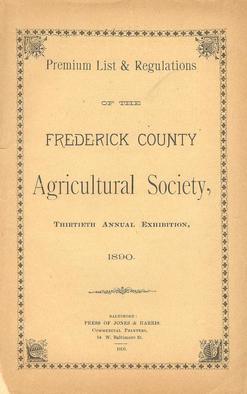 I'm not exactly sure how the couple first met, but Jacob and Ella married under the strangest of circumstances. They were successfully recruited for a publicity and marketing stunt. Jacob was 20 years-old and working on the family farm in 1890. The 13th Annual Exhibition of the Frederick County Agricultural Society was held October 14-17th, 1890 and was billed as "A Mammoth Exhibition of Agricultural, Industrial, Natural and Artistic Products." The Agricultural Society was a clever marketer. Among the scheduled attractions used to lure fair-goers that year was a balloon ascension featuring a leap in the air by the pilot while traveling at a height of 5,000 foot from the ground. Other special events "on tap" were a Grand Bicycle Tournament, an equestrian Hurdle Racing and High Jumping Contest, and the most novel and unique attraction in Frederick Fair history up to that point--The Grand Wedding. An ad in a local newspaper announced: "The bride and groom have been secured, and the nuptial knot will be tied in the presence of the assembled multitude." Today, reality shows are commonplace, but in 1890, this prototype of The Bachelor or The Bachelorette was truly a must-see event. Posters were put up all over Frederick. The newspaper promoted the event, set for 12 noon on October 16th. The couple had been enticed by the Agricultural Society's offer of a free Honeymoon trip to Niagara Falls or any other point within 800 miles. James H. Gambrill, Fair Board president, met with the volunteer couple and their respective families. Everyone agreed to the Society's proposal, thanks to great legwork done by Secretary George W. Cramer. A committee was formed to plan and handle arrangements for the event. This included J. William Baughman, John W. Markell, and C. Stanley Gambrill. Things were not all "flowers and roses" as a local minister filed a formal protest of the public wedding. The Rev. James Stephenson, D.D. of the Protestant Episcopal Linganore Parish was livid. He felt the stunt was nothing more than a cheap farce, designed to "create a caricature of one of the most sacred institutions of Christianity." Rev. Stephenson threw his venom at the Fair Board, but to no avail as the show, I mean wedding, must go on. This complaint was not really surprising as pressure had been mounting toward the Agricultural Society to curb immoral sideshows, alcohol distribution and gambling. This would be addressed soon after with a re-focus on family values and intellectual culture. 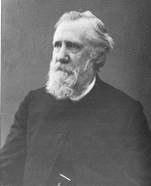 Rev. Edmund Eschbach Rev. Edmund Eschbach The event was slated for noon on October 16th. The Frederick News reported that "by noon a few fights occurred among the rougher element and a number of women were insulted by the "toughs" from other cities, but not a single incident of purport occurred. The receipts were far in advance of any single day of the fair yet." It was a favorable omen, as it likely beckoned good luck to the bride and groom. The event attracted one of the largest crowds to date at the fairgrounds. One estimate put the crowd at 25,000 to hear the wedding vows. This number is especially poignant because the population of Frederick in 1890 was about 9,000 and the county was about 50,000. Dr. Edmund Eschbach of the Evangelical Reformed Church performed the ceremony. The Frederick News reported that Dr. Eschbach had married the couple in the presence of "thousands of our best people, and to the pleasure of a very happy couple." Mr. Gambrill reported that the beautiful ceremony impressed the respectable and orderly citizens who were present from Pennsylvania, Virginia and Maryland. Emma Gittinger, the pioneer female columnist of the Frederick News wrote of the spectacle in her weekly "The Girl About Town" column on October 18, 1890: "I occupied a cozy little nook on the grand stand during the wedding ceremony at the Fairgrounds Thursday and my dear girlish heart felt possessed by the Demon of Regret when I saw how beautifully the wedding passed off. It was a pretty wedding, I can tell you, and the bride looked just too sweet and lovely for anything. I felt sorry for her, poor thing, with all those people staring at her, but she didn't seem to mind it a bit, and indeed there was no reason to, for it was just as solemn and romantically impressive as something need well be. I don't believe in too much solemnity at a wedding. I think it must be the happiest moment in a person's life, and such an occasion ought to be as gay and happy as possible." "Not a single one of the vast throng of persons who witnessed the public wedding had any comment to make upon it except in the way of praise for the decency and decorum of the ceremony and the gentlemanly and lady-like conduct of the bride and groom. Even those who bitterly opposed the idea but went out of curiosity to witness the ceremony were convinced that they had been hasty in their judgment and too severe in their condemnation. As Governor Jackson arrived just too late for the ceremony he gave the bride away by proxy, his able substitute being Mr. R. Q. Taylor, of Baltimore. The bridal party were met at Monocacy Junction by the ushers, C. Staley Gambrill and John Usher Markell, and were driven first to the residence of Rev. Dr. Eschbach, who joined the party, occupying a seat in the coach with Mr. James H. Gambrill. The bride had been gotten in readiness by her friends at Araby and looked very beautiful. Her counterpart was a vision of manly glory and felt like a Prince. The couple didn't seem to mind the ordeal at all, taking a very casual and mature stance and accepting the crowd most favorably. They were met at the grounds by the bands and Grand Marshal and a partial circuit of the track was made. The ceremony then passed off. The ring service was used, and on the platform were the families of the contracting parties, the ushers, Mr. Taylor, Mr. Gambrill and Mr. George W. Cramer. During the impressive service an intense calm prevailed, but afterward the immense crowd cheered lustily, steam whistles blew and the small boy wasted the strength of his lungs on the inevitable tin horn. Dr. Eschbach was first to congratulate the bride, and he was followed by hundreds of others, all expressing their hearty hopes of a long and wedded life for the happy bride and groom. They re-entered their carriage , the top of which had been thrown open, and the party drove around the track, afterward going to the City Hotel, where the wedding breakfast was eaten. The bride and groom got off safely for Washington on the 8:30 train from Frederick Junction, amid the hearty good wishes of the friends who had gathered there to see them depart." Luck was certainly on the young couple's side! In other fair news later in the day, horse racing was hampered by rain. The balloon ascension was a failure as well, as the air-ship only ascended 25 feet, when it drifted over the cattle pens and collapsed. News of the successful public wedding was carried by newspapers throughout the country. I wasn't able to find a report of the Kanode's honeymoon, but I'm sure the couple reaped the spoils of their all-expense paid trip. Oh to be a fly on the wall and hear their thoughts and emotions as they reflected on the spectacle of the day. They must have felt like pseudo-celebrities while on vacation, due to media coverage. Once back in Frederick, the newlyweds took up residence at the Hopeland/Hope Hill family farm with Jacob's parents. They can be found living with them in the 1900 census. Jeremiah died in 1907, and was buried in Mount Olivet. Jacob, now 37-years old, took over the family dairy and creamery operation and would run it until the day of his death. Jacob and Ella had two sons—Charles and Ralph. At the time of Jacob's death, Charles E. Kanode (1896-1957) lived in Walkersville, while Ralph G. Kanode (1902-1957), resided near Monocacy Junction. Jacob and Ella possessed two grandsons and a granddaughter as well. 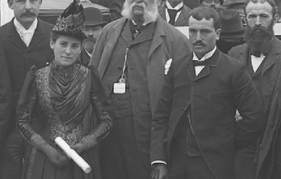 Ella would pass one year and two months after her husband on March 31st, 1944. The 73-year-old had been suffering from an illness for ten months. At the time of her passing, Ella's two grandsons, additional byproducts of the Frederick Fair publicity stunt of 1890, were serving in the US Military during World War II. These included Petty Officer Charles E. Kanode, Jr., in Norfolk (VA) and Corp. Ralph G. Kanode, Jr. in Fort Myers, FL. Ella Kanode was laid to rest in Mount Olivet on April 2nd, 1944. Beautiful marble footstones compliment a five foot pedestal-style monument commemorating Jacob's parents. To this day, the Kanode's nuptials at the fairgrounds back in 1890 still holds the undisputed record for best attended wedding in Frederick County's history!
Down on Fingerboard Road, the Kanode family farm is long gone, but part of it constitutes land that is today the site of the Maryland Sheriff's Boy's Ranch.
7 Comments
Rebecca Hughes
9/24/2017 05:52:34 pm
Loved your article. Very interesting and timely with this year's fair.
Reply
Barbara Graser
7/14/2018 01:32:34 am
Hi, I have been doing my family tree for many years and was looking for as many for information on my g-grandfather, Frank Graser. I found a book about twenty years ago about Frederick. I looked in it and found a picture of the wedding of my great aunt and her husband. The picture was a different one other than what is posted here. I now finally can see a face for my g-grandfather and I think my g-grandmother was in the corner of the picture. Next to Frank Graser was my grandfather, John William, and I think the child was Charles Graser, the youngest child of my g-grandparents, Frank Graser and Mary Musser Graser. I really want to say thank you for bringing my family to life for me. I finally have faces to go with names.
Reply
Chris Haugh
9/15/2018 08:01:06 pm
Hi Barbara, thanks so much for taking the time to comment! I just re-posted the story as the Great Frederick Fair is here once again. So great to learn more about this couple as I first learned of the wedding stunt some years ago while writing a history of the Fair in the 1800's. If you ever come across additional pictures of Ella and Jacob, I'd be happy to add them to the story as it will live on forever on the Internet for others to stumble upon just like you! All the best
Reply
shane shanholtz
9/15/2018 03:08:08 am
as always great article
Reply
Debbie Savageau
9/16/2018 07:49:40 am
Chris...I just love reading your articles! You make Frederick County history so very interesting!!
Reply
Linda Carullo
5/14/2020 11:26:47 pm
Hello, I am related to Emma Gittinger thru my great grandfather Edward Augustus Gittinger. I just came across her name today as one of my relatives. Do you have any idea of how I could read some of her columns that she wrote for Frederick newspaper ?
Reply
Randy Merritt
9/16/2022 09:04:36 am
Great article. I really enjoyed reading this (especially at this time of the year) and of local interest.
Reply
Leave a Reply. |
STORIES
|
Archives
July 2024
June 2024
May 2024
April 2024
March 2024
February 2024
January 2024
December 2023
November 2023
September 2023
August 2023
July 2023
June 2023
May 2023
April 2023
March 2023
February 2023
January 2023
December 2022
November 2022
October 2022
September 2022
August 2022
July 2022
June 2022
May 2022
April 2022
March 2022
February 2022
January 2022
December 2021
November 2021
October 2021
September 2021
August 2021
July 2021
June 2021
May 2021
April 2021
March 2021
February 2021
January 2021
December 2020
November 2020
October 2020
September 2020
August 2020
July 2020
June 2020
May 2020
April 2020
March 2020
February 2020
January 2020
December 2019
November 2019
October 2019
September 2019
August 2019
July 2019
June 2019
May 2019
April 2019
March 2019
February 2019
January 2019
December 2018
November 2018
October 2018
September 2018
August 2018
July 2018
June 2018
May 2018
April 2018
March 2018
February 2018
January 2018
December 2017
November 2017
October 2017
September 2017
August 2017
July 2017
June 2017
May 2017
April 2017
March 2017
February 2017
January 2017
December 2016
November 2016

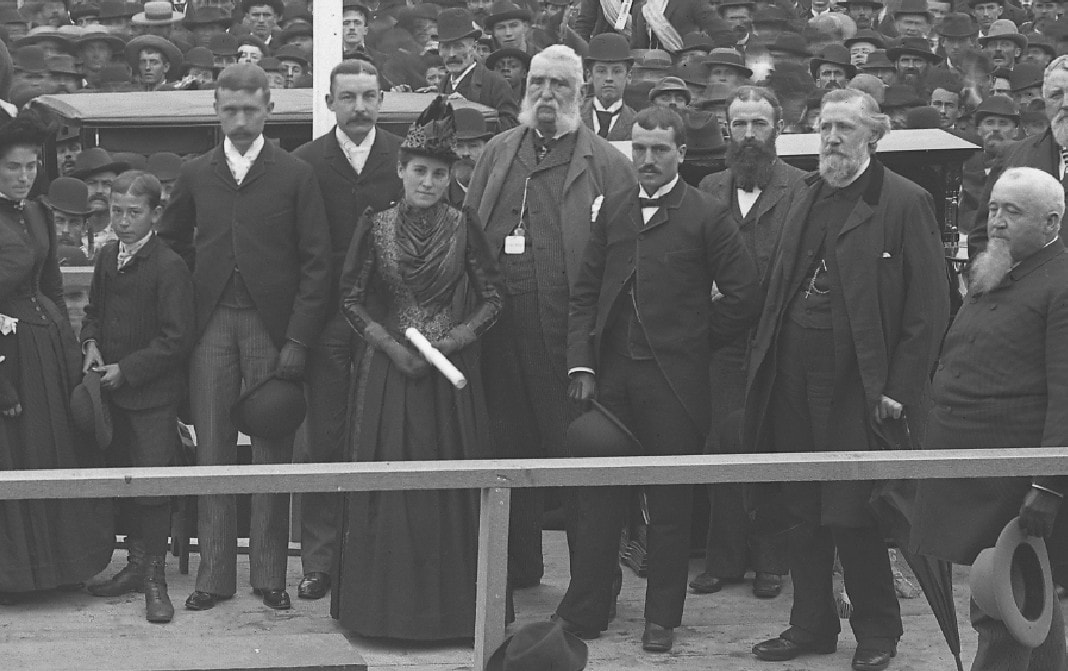
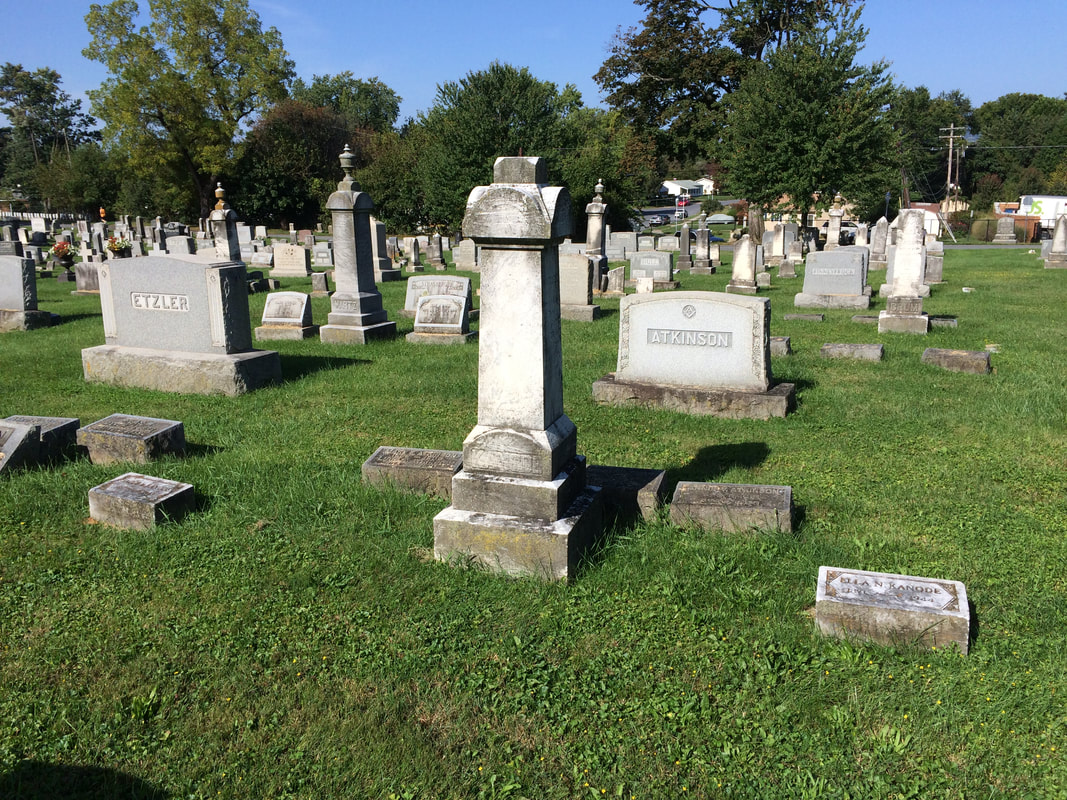
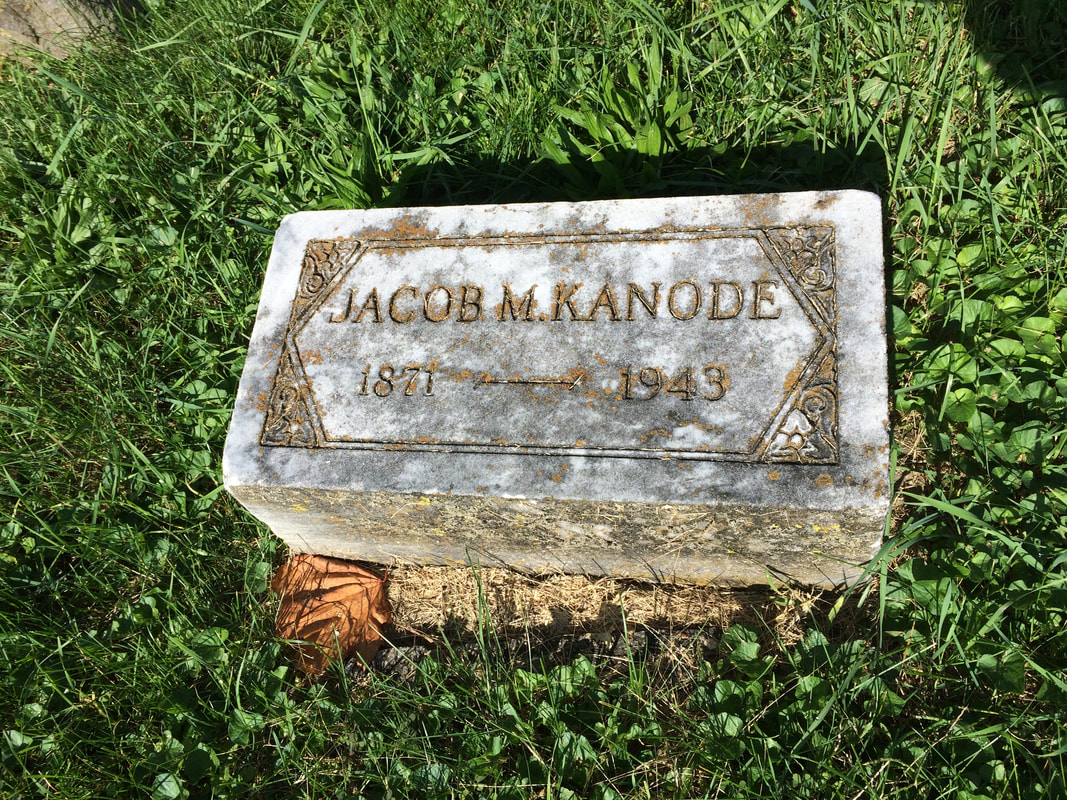
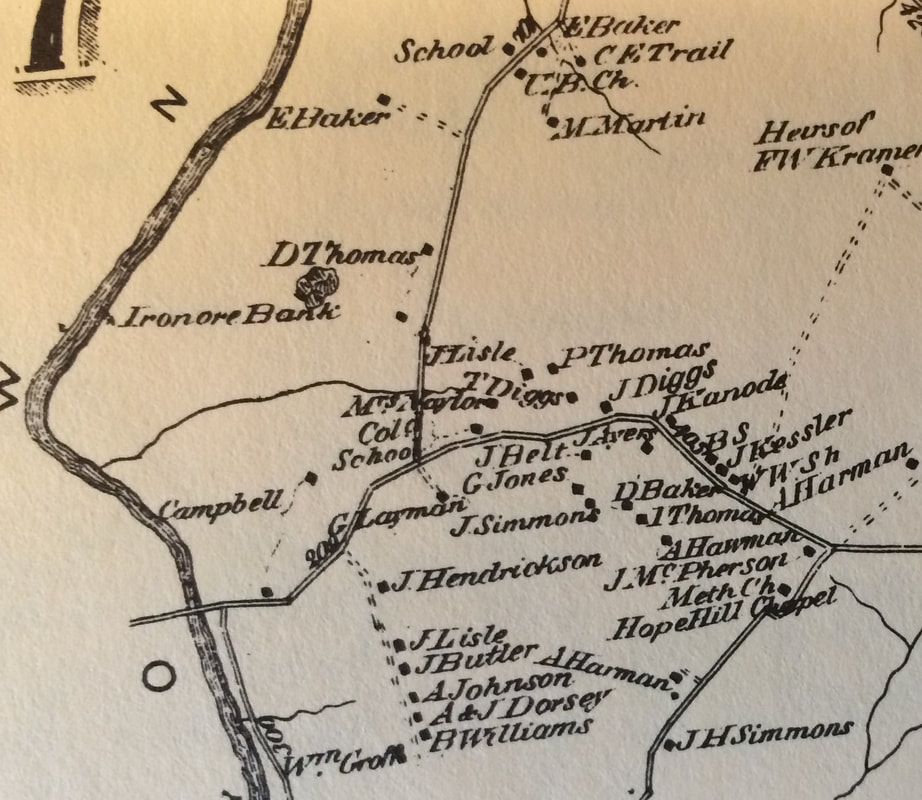

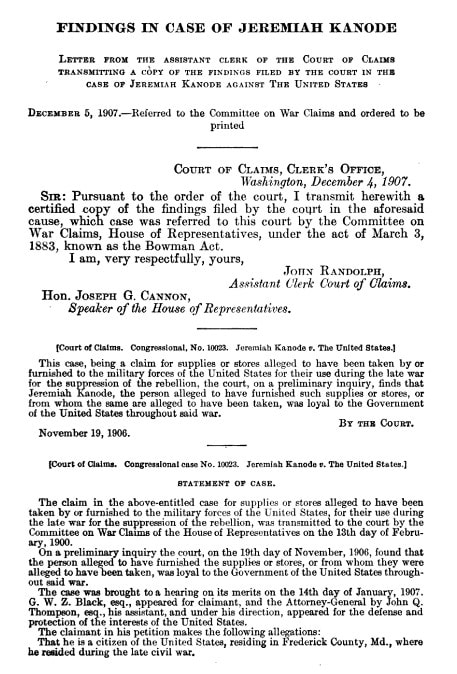
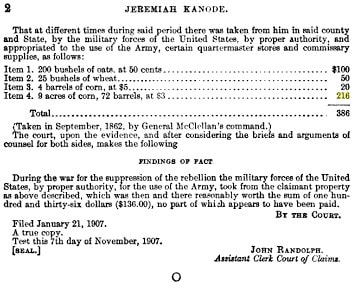
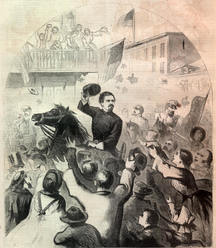

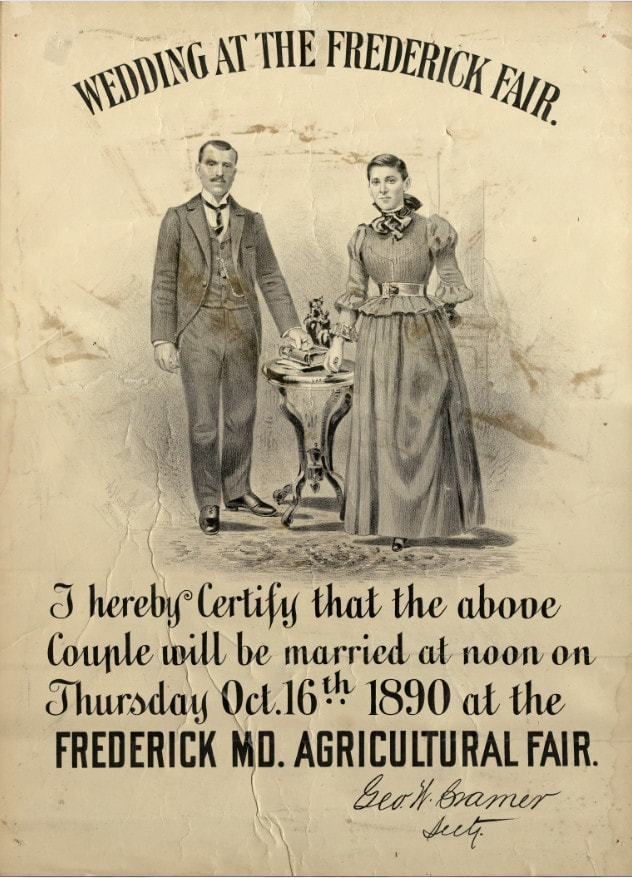
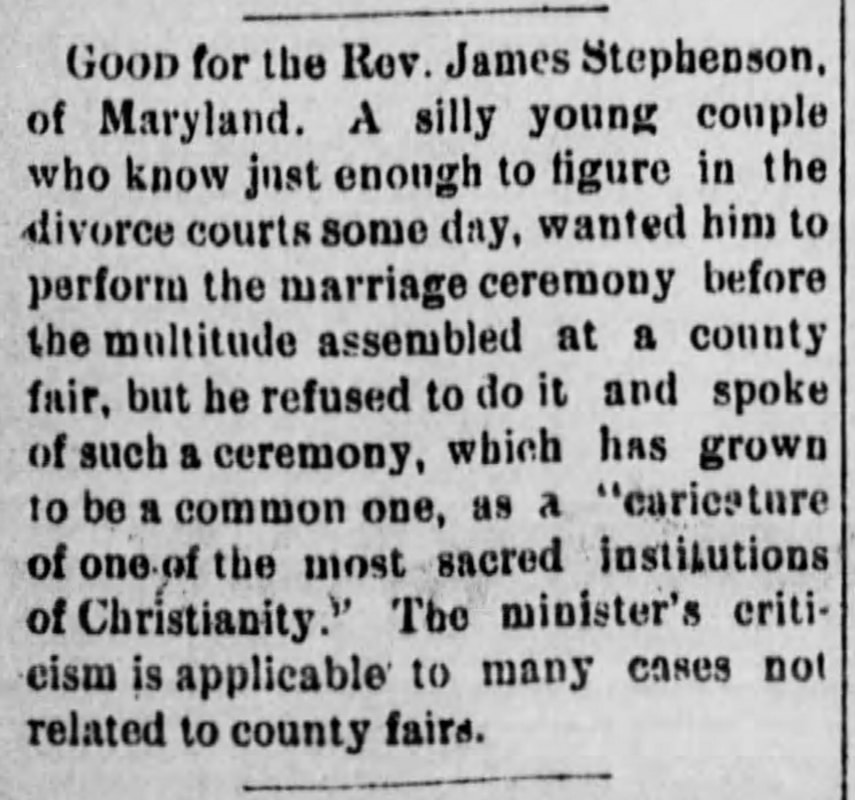
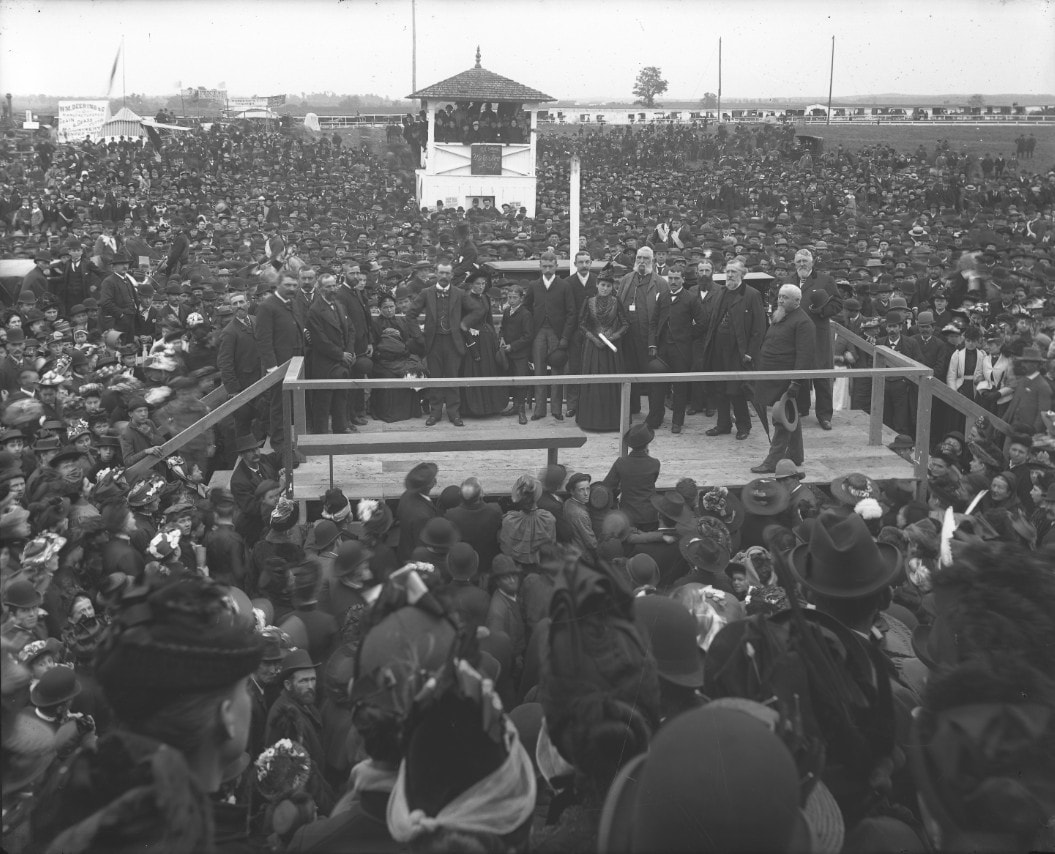
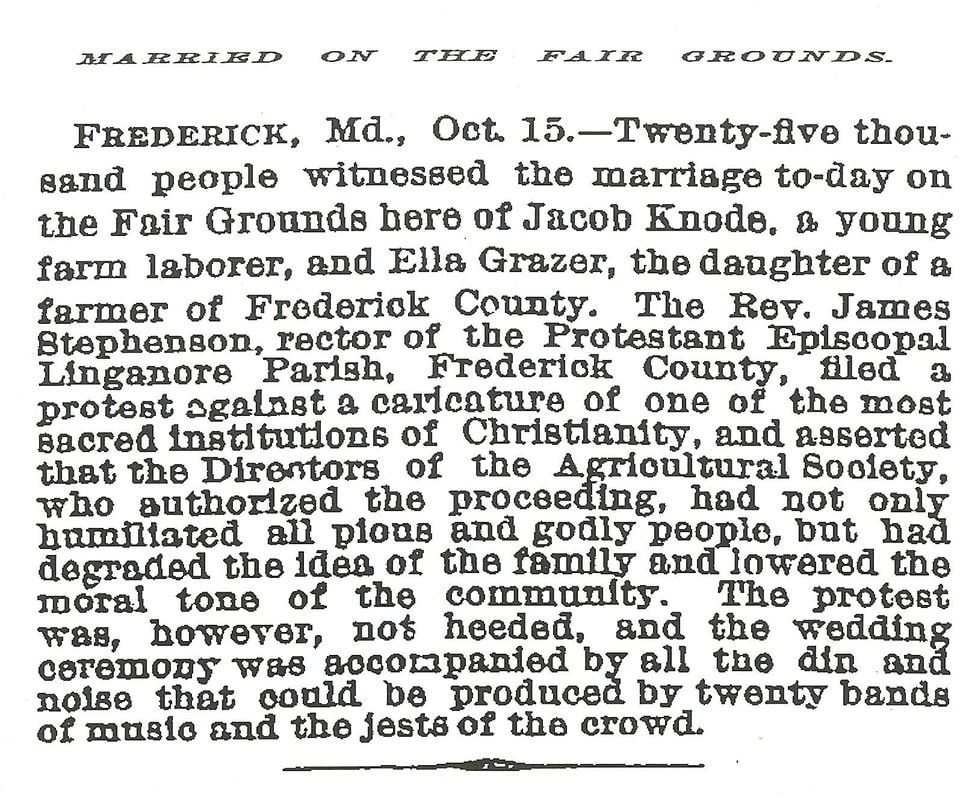
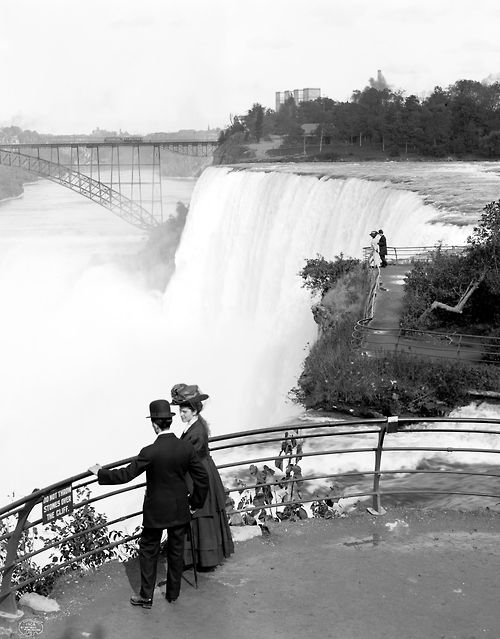
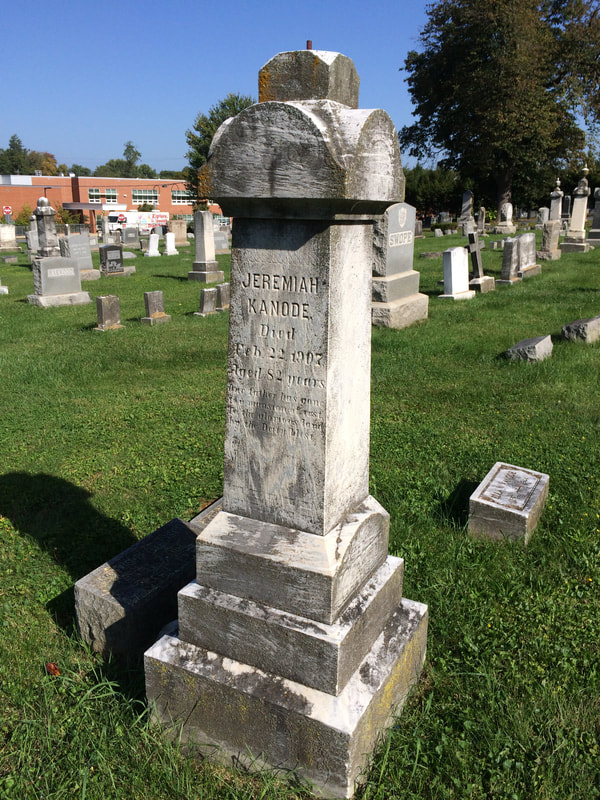

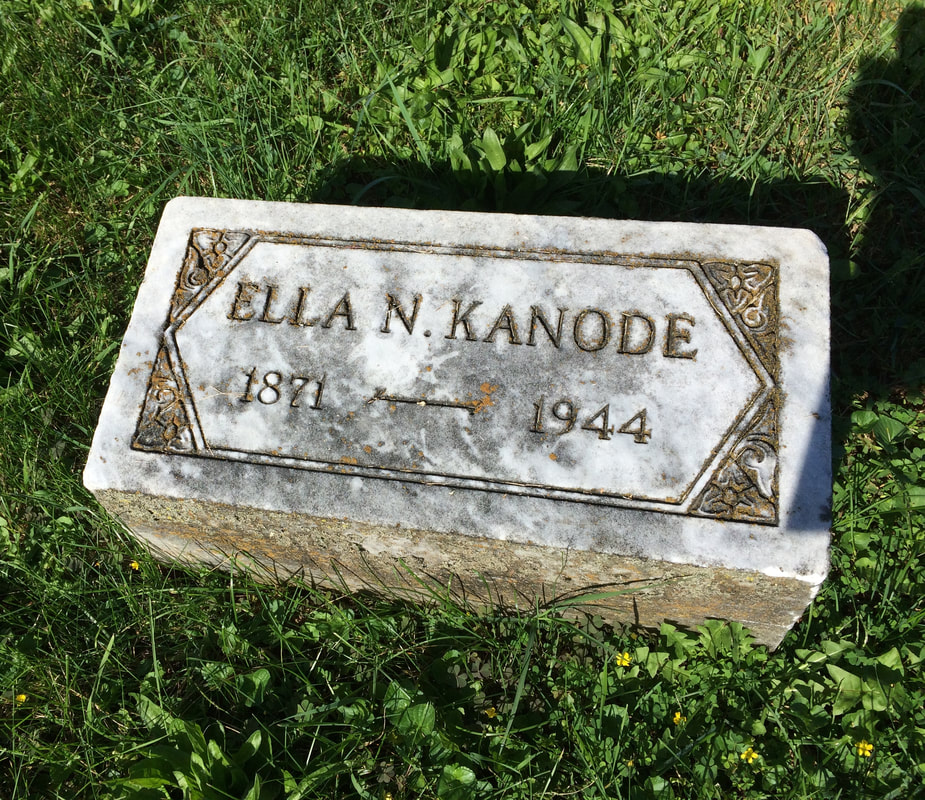
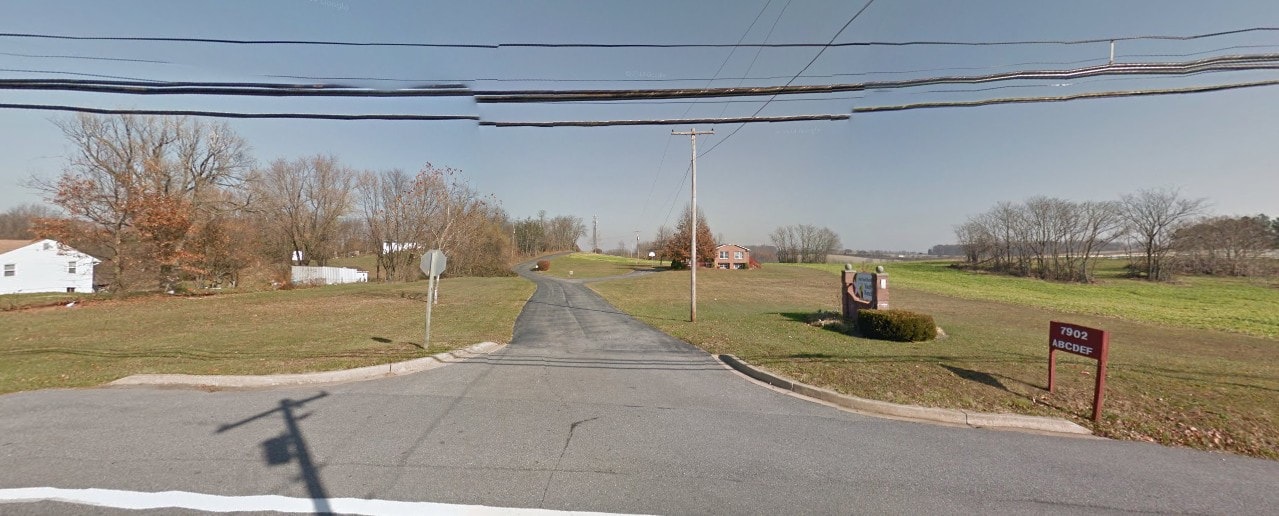

 RSS Feed
RSS Feed